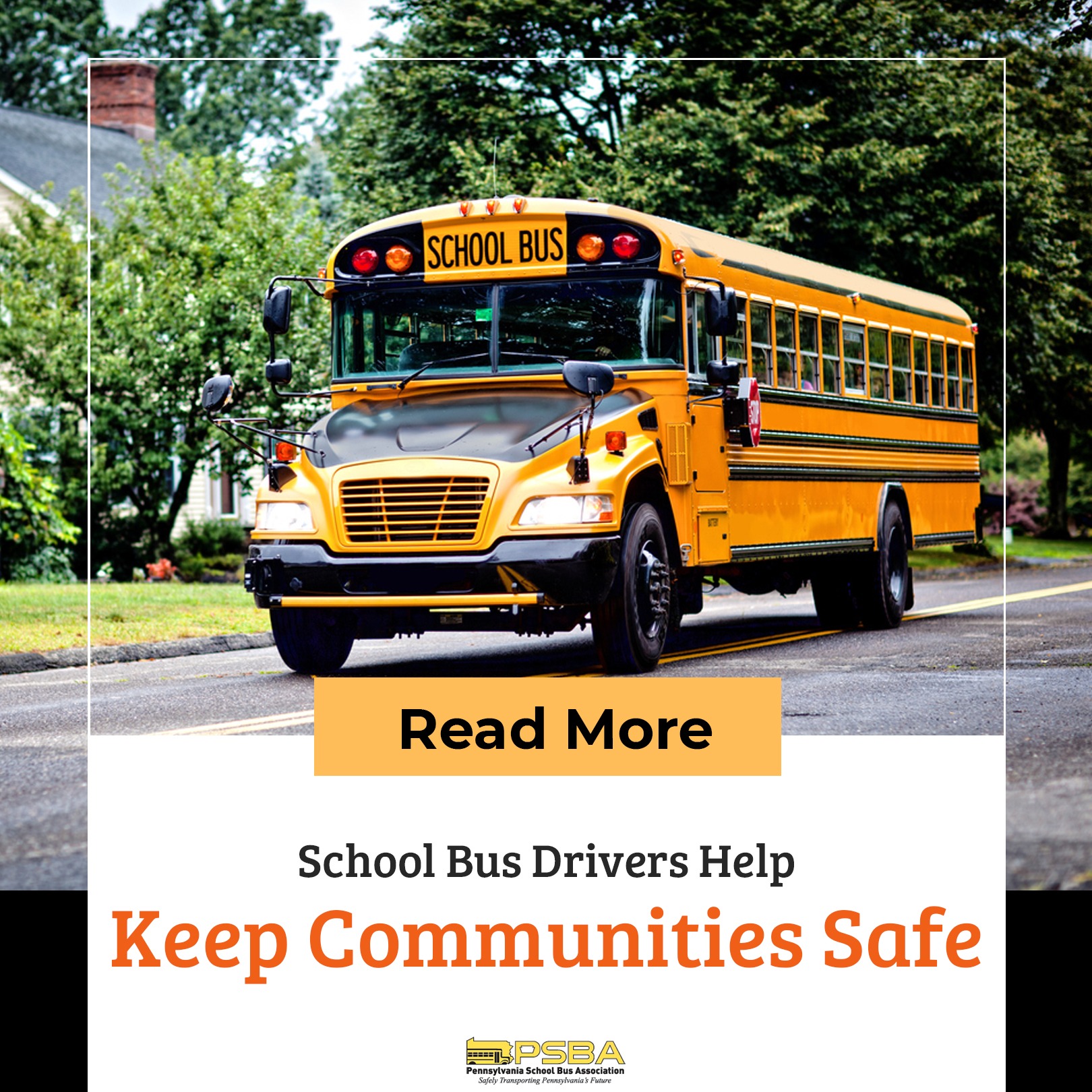Safety behind the wheel should be the top priority of every driver. But it hits somewhat differently for school bus drivers.
The fact alone that school bus drivers have the primary task of transporting the students safely to and from school places a huge responsibility on their shoulders. Together with a greater number of challenges caused by the size and nature of their vehicles and the growing complexity and potential dangers of driving on community roads, their responsibility extends to taking part in road safety. In addition, school bus drivers have to deal with the physical and mental demands that come with alert driving practices.
Every school day, almost 472,000 school buses transport around 26 million K-12 students to and from school. The safety of the students is wholly dependent on the bus driver’s ability to comply with safety procedures, follow traffic rules and regulations, and respond well during emergencies.
For drivers – safety begins in the driver’s seat
Every school bus driver starts his day by making sure that the vehicle is in good working order. They usually have a company safety checklist to follow while inspecting the vehicle.
The driver’s personal well-being is as crucial as the vehicle’s mechanical parts, like brakes and turn signals. However, many school bus drivers tend to overlook this area.
Before getting behind the wheel, every school bus driver has to ensure that they’re starting the day well-rested, clear-headed, and healthy. This means that every driver should plan on safety the night before, making sure that they’re eating properly, getting enough sleep, and avoiding alcohol and medications that could otherwise disrupt their sleep or cause them to feel drowsy or sluggish the following day.
When school bus drivers practice good self-care, it will help them to stay alert and focused, on and off the road. These things are critical to safe driving, which is the key to preventing accidents.
For the school community – including bus drivers in safety drills
It’s also a good idea for the school community to provide bus drivers with information and training regarding safety drills. Just like anyone else in your school community, school bus drivers must know how to keep the students safe during disasters since bus drivers are the first and last staff students see and interact with on a regular school day.
For instance, a tornado hits your city without warning. In an active emergency, school bus drivers must be able to locate shelters along their regular routes and safely transport the students from the bus into such facilities.
School bus drivers also play a crucial role in school evacuations during emergencies. In the event of a natural disaster (such as an earthquake) or a massive fire breaks out at the school facility, school bus drivers must know where to park at the campus, how many students they are expected to load and transport, which route to follow to an off-campus shelter or reunification site, and what they are expected to do once at the site.
School bus drivers should be trained to identify student crises (and how to respond to them)
Safe and Sound Schools and Raptor Technologies conducted a national survey in 2021, which reported that the school staff and administrators listed mental health crises, such as depression, self-harm, and threats of suicide, as their most concerning threat to safety. The same survey added that almost 75% of students said they had experienced depression or anxiety from the Covid-19 pandemic. The increasing number of suicide threats from children – even from kids as young as under 10 years old – must be taken seriously every single time. Sometimes these feelings are a result of a student being bullied, and school bus drivers can help stop bullying.
As said before, bus drivers are the first and last staff that the students see on a school day. Through daily interaction, drivers get to learn the personality and behavior of each student on board. They get to know who the students are, what they like and don’t like, and even who their families and friends are. Over time, many school bus drivers build friendships with the students.
That’s why it’s important for school bus drivers to be aware of the warning signs and how to respond to them.
Apart from the warning signs like depression, self-harm, and threats of suicide, school bus drivers should also recognize signs of abuse or neglect. Children and adolescents don’t usually open up that they’ve been abused – whether physical, verbal, emotional, or sexual – mainly due to fear. However, school bus drivers may notice signs of abuse, which can vary from bruises on certain body parts to behavioral changes (the child becomes quieter or more distant than usual, cries for no apparent reason, has anxiety attacks, etc.).
This is why educating school bus drivers about these warning signs is crucial. It can help them to prevent these incidents from happening or becoming worse. Drivers should also be trained to respond to these incidents by immediately reporting them to the school administration or police authorities or by contacting help hotlines (such as suicide prevention hotlines).
The school administration or non-profit organizations may offer training sessions for bus drivers to educate them on how to look for indications of abuse, neglect, suicide threats, etc.
The safety of the students is paramount to the success of the entire community. School bus drivers need to empower themselves with more appropriate information and training to keep the students and the entire community safe. To see what PA school bus driver jobs are available, visit https://schoolbushero.com/jobs.

